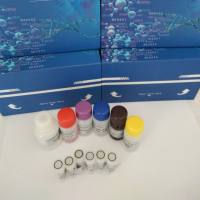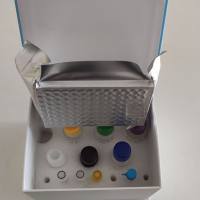Combining Fluorescent In Situ Hybridization with the Comet Assay for Targeted Examination of DNA Damage and Repair
互联网
414
The comet assay is a simple and sensitive method for measuring DNA damage. Cells are embedded in agarose on a microscope slide,
lysed, and electrophoresed; the presence of strand breaks allows the DNA to migrate, giving the appearance of a comet tail,
the percentage of DNA in the tail reflecting the break frequency. Lesion-specific endonucleases extend the usefulness of the
method to investigate different kinds of damage. DNA repair can be studied by treating cells with damaging agent and monitoring
the damage remaining at intervals during incubation. An important feature of the assay is that damage is detected at the level
of individual cells. By combining the comet assay with fluorescent in situ
hybridization (FISH), using labeled probes to particular DNA sequences, we can examine DNA damage and repair at the level
of single genes or DNA sequences. Here we provide protocols for the comet assay and the FISH modification, answer some technical
questions, and give examples of applications of the technique.









